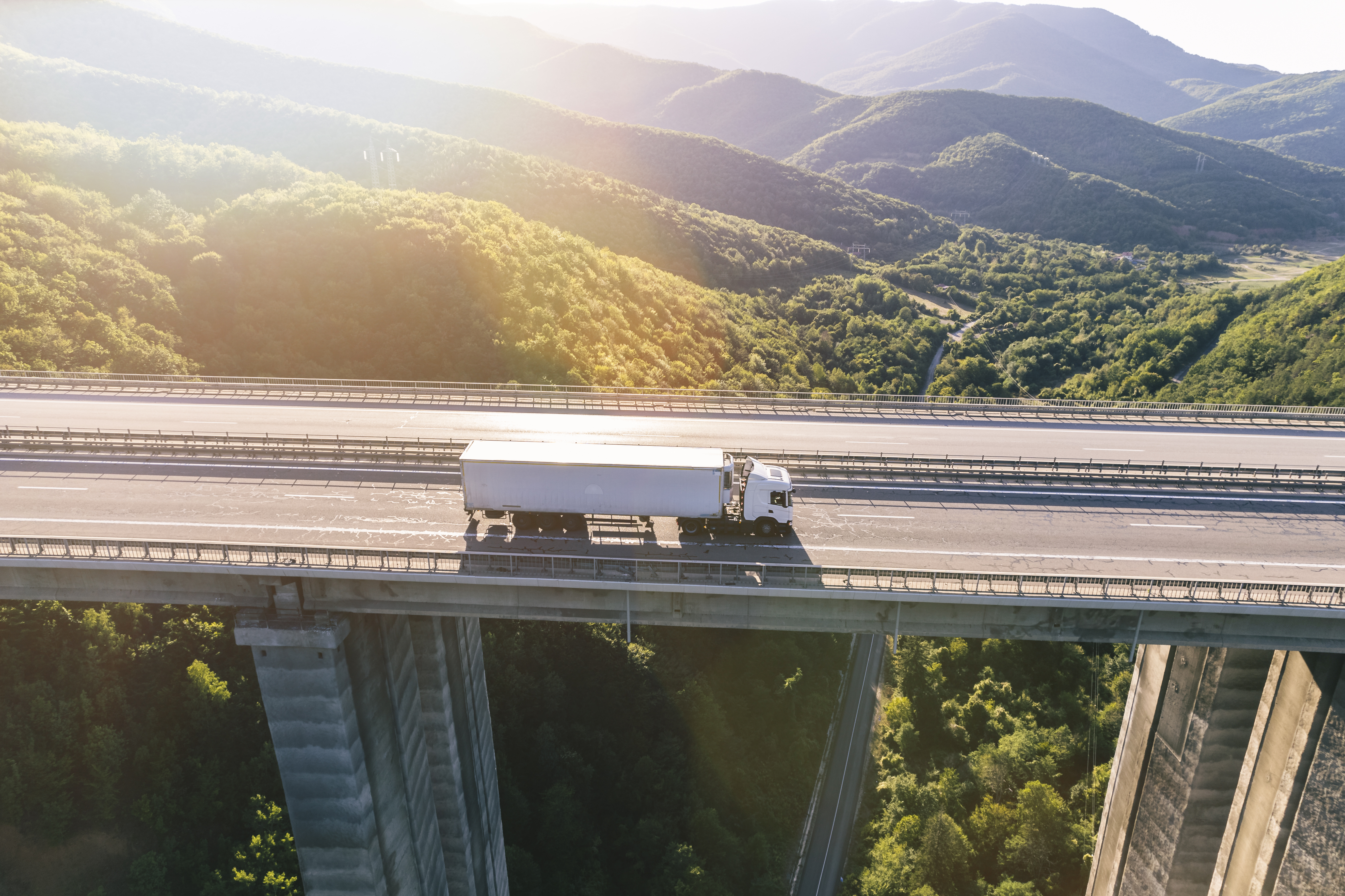If the situation of the automotive sector appears to be clearer and the path is largely defined, for road transport the matter is more complex. The target imposed by the European Union for heavy vehicles speaks of a 90% reduction in emissions by 2040: a truly ambitious goal according to the two Italian associations that represent a large part of the industrial and commercial supply chain.
“There is still a lot of uncertainty in the regulations, but at the same time there is room for improvement”, explained Giorda of Anfia. “We are working on this together with the government to determine modes and times of the transition. The target established by the European Union is particularly challenging and would probably require a slower path. In any case, it is not just a matter of identifying technological solutions and making them accessible to the market, the issue is much broader and concerns infrastructures and services. This is the concept on which we have to focus”.
“We have the technologies – added Starace of Unrae – and the manufacturers have been working on them for some time. There are several possibilities, each one with its own characteristics, pros and cons that can meet different needs. Nevertheless, road transport is also an activity with many facets. I'm thinking of electric engines, which are already on the market, and hydrogen, both as fuel cell and vector for thermal engines, but also of biofuels, which represent an interesting solution because they can reduce CO2 emissions as well as those of other pollutants”.
As a matter of fact, when dealing with heavy transport, it is important to look at solutions to reduce emissions of greenhouse gases and local pollutants, while also taking into account operating costs. In fact, if for passenger cars and light commercial transport electrification appears to be the preferable technological option from a technical, environmental and economic standpoint, as far as heavy commercial transport is concerned, especially with respect to long distances, the various emission reduction alternatives are more complex to evaluate, not least because of the strong economic impact of the related infrastructures.
“When it comes to transport of goods – underlined Anfia – one solution is not enough because there are too many variables. Vehicles must be easy to use while guaranteeing autonomy and low running costs. The solution really seems to be an integrated and interconnected use of different means and technologies designed to ensure an effective, efficient and 'clean' transport system. Electric power, for example, is well suited for urban use to cover the so-called last mile, while hydrogen is more suitable for long distances and so on”.
Unrae added: “The key is still infrastructures, charging stations, the distribution of hydrogen along the territory. In the absence of an adequate network, any technology, even the most innovative, is doomed to fail and Italy risks to remain isolated if we don’t manage to support low and zero emission vehicles”.
The situation is still fluid and Italy has one of the oldest vehicle fleets in Europe - between 14 and 19 years old - and therefore has a strong need for replacement, but at the same time regulatory uncertainty leads buyers to keep standing at the window and slows down decisions. The associations of manufacturers have confirmed that the priority is to reach an agreement with the government that can satisfy everyone. A plan that shall include not only a reasonable time frame to achieve the goals, but also the creation of the necessary infrastructures for the proper use of vehicles, as well as a system of incentives to support investments with a green perspective.
Only in this way the market will be able to restart with new energy.
